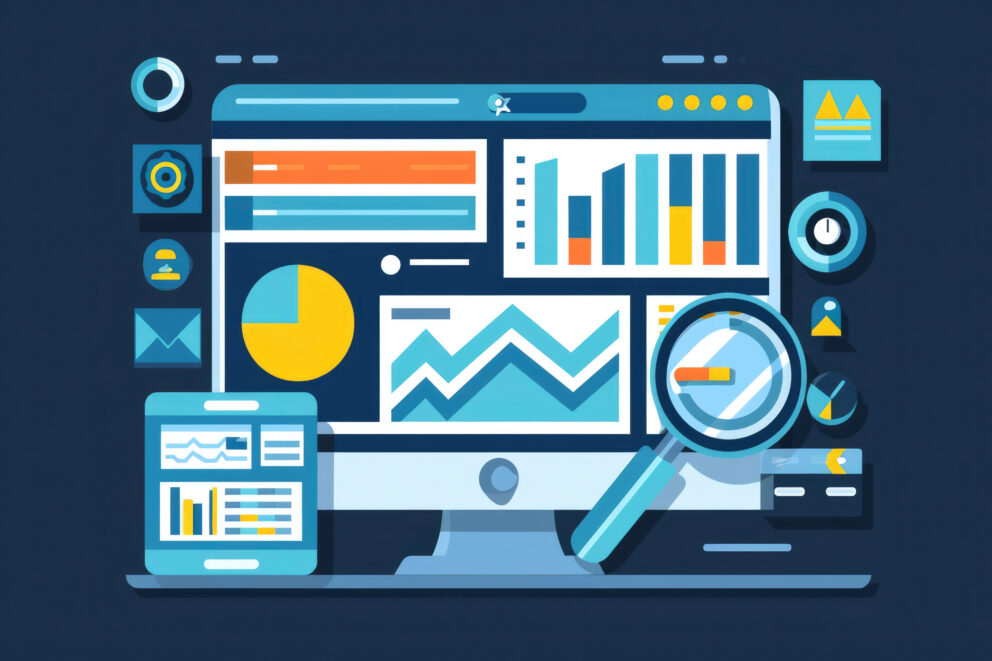The Progression of Predictive Marketing (and Why It Matters)

By Maria Geokezas, Chief Operating Officer at Heinz Marketing
Research shows 4 out of 5 marketing executives struggle to make data-driven decisions, even though 95% of companies use integrated predictive analytics.
In short, marketers have more information than they know what to do with. So, instead of generating predictions, the data is collected but left unused.
If you aren’t familiar with predictive marketing, at its core, it’s using historical and current data to forecast future results. The idea is to establish a model that continues to refine itself as you add new data, allowing marketers to personalize and optimize their buyer’s journey.
The thing is, predictive marketing isn’t new. It’s been around for years, yet it’s still misunderstood. To add to the confusion, it’s evolving rapidly.
Predictive marketing is getting faster, cheaper, and more accurate every day. Whether we’re ready or not, data, AI, and other advancements are transforming the industry. Thus, the marketers that innovate and adapt to the changes instead of fearing them will gain the upper hand.
Below, we’ll consider how you can integrate predictive marketing into your strategy and the upcoming changes to keep in mind as you do.
Predictive Inputs, Outputs, and Outcomes
In 2009, Amazon founder Jeff Bezos reflected on the benefits of controllable inputs in a letter to shareholders. He said, “… we believe that focusing our energy on the controllable inputs to our business is the most effective way to maximize financial outputs over time.”
That’s the same approach marketers must take when implementing predictive marketing.
For marketers, inputs fall into three main categories.
- Audience
- Platform
- Creative
But how do you decide who to target, on what platform, and with what content when there is an almost infinite combination of options?
Too often, we just follow the trends. If competitors post content on Facebook, we think we have to do the same—even if posting to Facebook doesn’t generate leads for our business.
But that approach is reactive, not predictive.
Instead, marketers must utilize all available data to outline a predictive strategy that works for them—down to minor details.
When you can analyze small details as seemingly innocuous as how text size impacts your engagement rate across audience types, you no longer waste time going back and forth on revisions. Consequently, you have more time to focus on the deeper strategy and truly differentiate.
Frequently, the best place to start with data is at the end, otherwise known as the outputs.
As you know, the success of any marketing campaign is judged based on the hard figures—or did it generate the number of qualified leads you need?
If you’re like most marketers, you already analyze your campaign-level results. And while that’s a good place to start, it’s only the beginning. When you only look at data from a single platform, your predictions will be skewed, and you might be costing yourself in the long run.
To be effective, predictive marketing should include every data point you have across your marketing and product ecosystem.
That way, you optimize your marketing to attract the right type of leads over a higher volume of low-quality leads.
If compiling and analyzing all this data sounds intimidating, don’t worry. There are loads of data tools available with easy-to-configure API integrations that will allow you to collect, view, and interpret data from across platforms. These tools help you make sense of your individual and collective outputs so you can directly link them to outcomes.
Ultimately, data inputs and outputs only matter as they relate to business outcomes. They help marketers identify which levers to pull to drive the highest revenue.
It’s when you understand how the inputs, outputs, and outcomes work together that you discover the value of predictive marketing. Then, you can deploy campaigns with relative confidence that they’ll perform well.
The Future of Predictive Marketing
The predictive marketing capabilities of five years ago are nothing like the capabilities of today, and tomorrow’s possibilities are even more remarkable.
Previously, AI-assisted predictive marketing was only accessible to “big business.” Now, options are available for businesses of every size across every budget, so there’s no reason not to take advantage of it.
In recent years, platforms and software have developed built-in data and analytics because businesses will need them to remain competitive.
It’s through integrated analytics we’ll see the most significant breakthroughs in predictive marketing. For example, today, we rely primarily on last-touch attribution, where we credit the last interaction for conversion even if the buyer had previously engaged with other campaigns.
But with the help of predictive analytics tools, we could soon switch to a more comprehensive multi-touch attribution—providing us a deeper understanding of our buyer’s journey and what it takes to produce a conversion. These shifts would allow buyer’s journeys to be deeply personalized at scale.
There is no such thing as a linear path from awareness to conversion. Instead, buyers can spend months researching and evaluating your offering, using different resources on different channels before becoming visible to your marketing efforts and connecting with your sales team.
Before integrated data systems and predictive analytics, these complicated buyer’s journeys were impossible to track—making it difficult for marketing teams to prove the cumulative ROI of their efforts.
So, while the progression of big data and AI modeling might seem overwhelming initially, predictive marketing can be more accessible to even the most early-stage marketing teams. To be competitive it must be part of the future.






